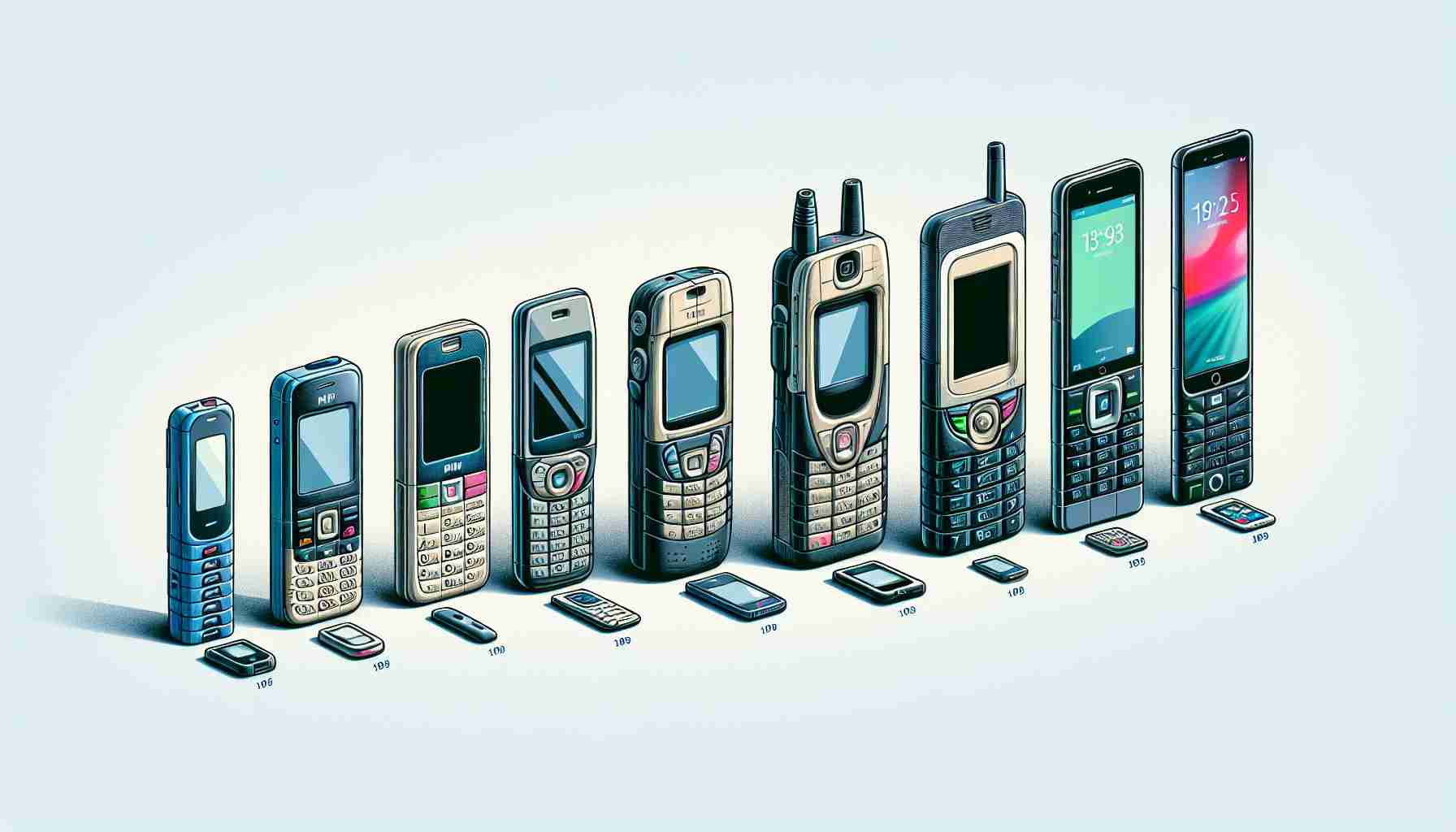The Legacy of Nokia Phones
Nokia’s rise in the mobile phone industry coincided with significant technological evolution, making the Finnish brand synonymous with the mobile revolution. The iconic designs and features of Nokia phones remain memorable symbols of an era marked by unique mobile innovations.
The company introduced mobile phones that became benchmarks in the industry. These devices weren’t just tools for communication but a means to showcase personal status—think of belt-clipped leather phone pouches. While Nokia released many significant models, certain ones stand out for their innovation, durability, and style.
Typing on the tiny keypads of early Nokia phones was like an art form. The advent of T9 predictive text was meant to simplify typing, but many users found it easier to type manually. Text messages, limited to 160 characters, were often abbreviated due to their cost, paving the way for internet shorthand.
The Unforgettable Nokia Signature Elements
Nokia phones included distinctive symbols such as the famous Nokia ringtone and visually streamlined interface with a clear display of network strength and battery life. The game Snake became a cultural phenomenon, reflecting hours of strategic gameplay for an impressive score.
The iconic Nokia lineup features several memorable models:
The Nokia 2110 was a pioneer, debuting the recognizable Nokia tune. The 3310, known for its ruggedness, allowed for lengthy SMS conversations and even had a chat function. The 3510 introduced polyphonic ringtones, and its advanced model, the 3510i, allowed users access to internet services and apps.
The Nokia 7110 was a trendsetter as the first WAP-enabled device, embracing the future with its appearance in “The Matrix.” The compact and feature-packed 8310 included innovations like an FM radio and GPRS connectivity.
The Nokia Communicator 9000, aimed at business professionals, boasted a full Qwerty keyboard—a first—alongside a comprehensive suite of productivity features. Lastly, the Nokia 1100, known as the best-selling model to date, made mobile technology accessible on a global scale.
While TechCentral revisits the nostalgia of these iconic devices, the legacy they’ve left continues to influence modern smartphone design and functionality.
Questions and Answers:
What was Nokia’s role in the evolution of mobile technology?
Nokia played a pivotal role in shaping the mobile phone industry from the early stages by introducing innovative devices that set benchmarks for design, durability, and functionality. Its devices contributed to the widespread adoption of mobile technology globally.
What were the key challenges Nokia faced in maintaining its market position?
Nokia struggled to adapt to the rapidly evolving landscape of smartphones, particularly the shift to touchscreen devices and the emergence of iOS and Android platforms. Its delayed response and initial reluctance to move away from its operating system eventually led to its decline in the smartphone sector.
What were the controversies associated with Nokia?
A significant controversy arose from its business decisions, such as the partnership with Microsoft and the shift to Windows Phone OS, which were not well received by consumers and industry analysts. Furthermore, the sale of its mobile phone business to Microsoft in 2014 was seen by many as the end of an era.
Advantages and Disadvantages of Nokia Phones:
Advantages:
– Durability: Nokia phones were renowned for their robust build quality.
– Battery Life: They offered long battery life compared to other phones of their era.
– User Interface: Simple and user-friendly interface made Nokia phones accessible to a broad audience.
– Cultural Impact: Games like Snake and the Nokia ringtone became cultural icons.
Disadvantages:
– Technological Adaptation: Nokia was slow to adapt to new technologies like touchscreens and smartphone applications.
– Operating System: The Symbian OS could not compete with the functionality and app ecosystems of iOS and Android.
– Market Strategy: Nokia’s strategy decisions in response to competition were often criticized, culminating in its market share decline.
For more information on the evolution of mobile technology and the role of companies like Nokia, visit About Nokia. Please note that the provided link directs you to Nokia’s company page, which may include information on their current endeavors and past developments in the mobile industry.
The source of the article is from the blog exofeed.nl
